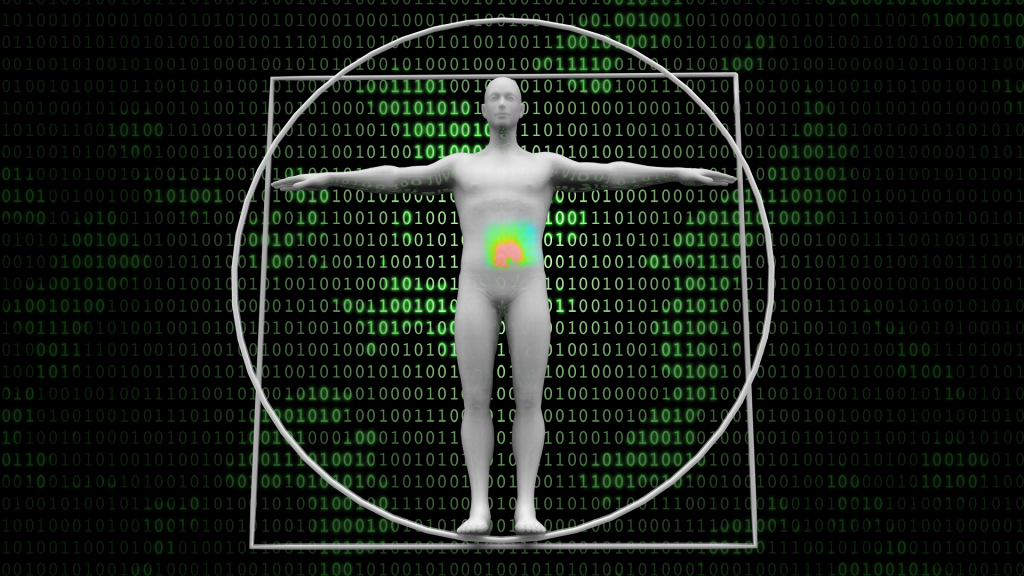PhD Defense
Nathan Azemar
Modelling of proton induced optical toxicities
Proton therapy, with its ability to deliver high doses to tumors while sparing healthy tissues, is a preferred therapeutic option for treating tumors located near optical structures. However, radiation exposure can damage visual pathways, leading to severe visual deficits. This thesis aims to model the optical toxicities induced by proton therapy in patients treated for head and neck tumors. This work is based on the analysis of dosimetric and paraclinical data collected from 223 patients treated with proton therapy at the Centre François Baclesse and monitored at the University Hospital of Caen. A multicenter database was created, including dosimetry data as well as paraclinical examination results (visual field tests, optical coherence tomography, and visual evoked potentials). A relational model was developed to establish a link between visual field outcomes and the dose received by visual organs. This modeling highlighted challenges in associating visual field points with optical pathway structures, due to the small size of these structures, segmentation uncertainties, and patient movements. Consequently, a data reduction and uncertainty evaluation were performed to analyse the correlation between the area of the visual field affected and the dose-volume data for the organs involved. These analyses revealed the effects of treatment on paraclinical examinations over time. This work paves the way for the use of geometric and statistical models to predict visual complications, thus optimizing patient care.
December 4, 2024 / 4:00 pm G. Iltis room
Medical & industrial applications group

